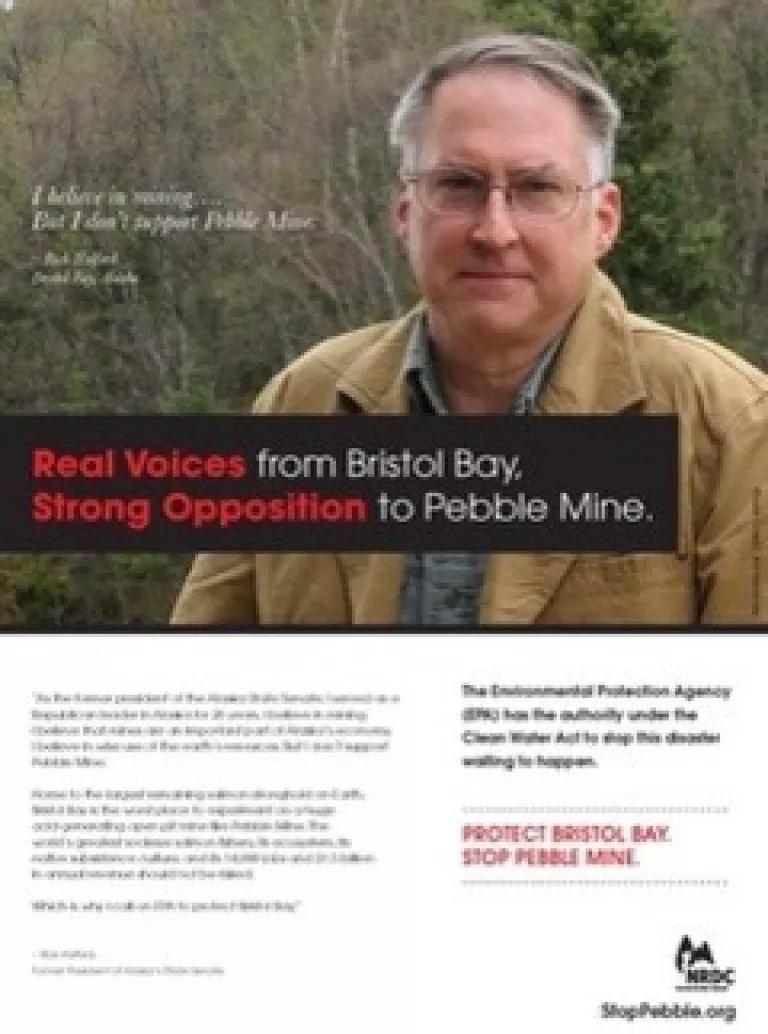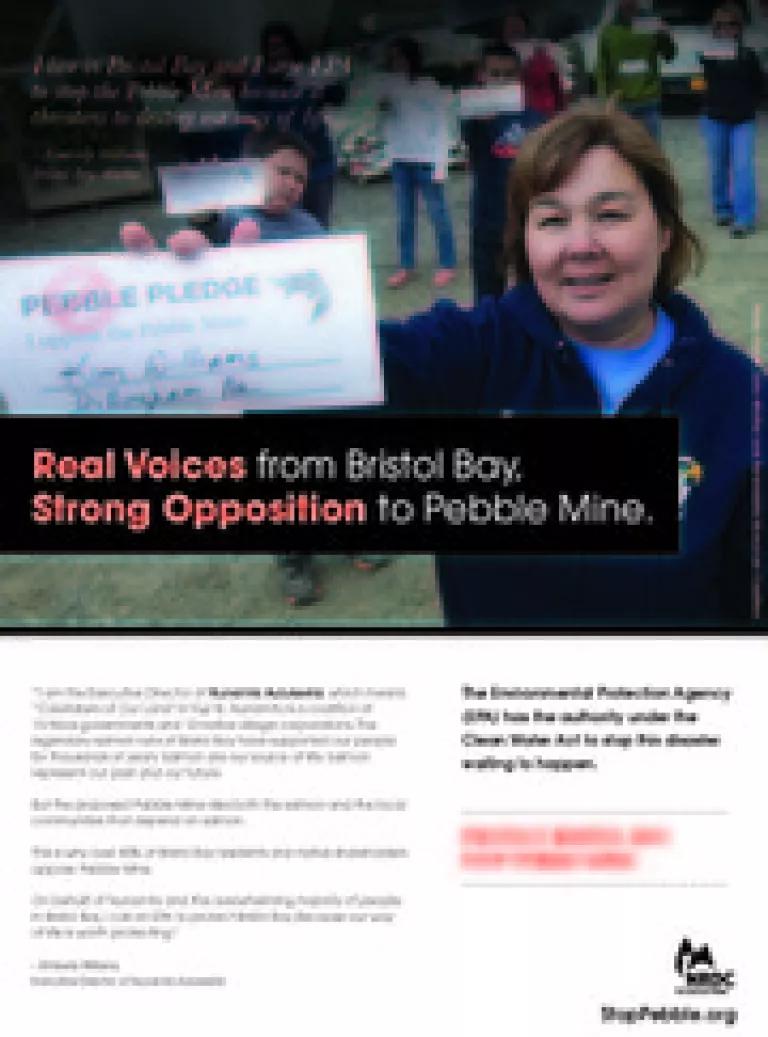In recent weeks, we’ve seen several different economic reports regarding Bristol Bay’s riches:
First, the independent Environmental Protection Agency released its revised draft Bristol Bay Watershed Assessment. Although the point of the assessment was to measure the impacts of large-scale mining on the Bristol Bay watershed, EPA also found that the region’s salmon industry accounts for $480 million annually and supports 14,000 jobs.
Second, the independent University of Alaska Institute of Economic and Social Research (ISER) released a report that quantified the extraordinary economic value of the Bristol Bay commercial sockeye fisheries. The report concluded that commercial fishing activities in the region account for $1.5 billion annually and support 12,000 jobs related to commercial fishing (this number does not include the jobs created by the vibrant sports fishing in the region).
Most recently, the self-interested Pebble Partnership – the consortium of foreign mining companies that seeks to develop Pebble Mine and its 10 billion tons of waste – released a report of its own, touting the promised treasures of Pebble Mine. According to the mining companies, Pebble Mine would support approximately 15,000 direct and indirect jobs each year for the next 25 to 30 years and would pay Alaska an estimated $136 to $180 million in annual taxes and royalties.
What’s astonishing about Pebble’s report is that it purports to estimate the number of jobs and revenue generated from Pebble Mine when the mining companies have repeatedly said that they do not yet have a specific mining plan. Pebble CEO John Shively called the mine plan used in EPA’s Watershed Assessment – which was based on the company’s own filings with the State of Alaska and the U.S. Securities and Exchange Commission – a “fantasy.”
So then what is the basis for Pebble’s job and tax estimates? If the mine plan in EPA’s assessment—and the companies’ own documents filed with the State of Alaska and SEC—are “fantasy,” then the jobs and taxes that Pebble hypes can only be “fantasy.” Alternatively, if Pebble based its economic report on a sound mine plan, then it must stop deceiving the public and EPA and release that mine plan.
One thing that is neither fantasy nor debatable is the economic importance of Bristol Bay’s legendary salmon runs. Pebble Mine would risk the 14,000 jobs and $1.5 billion supported by Bristol Bay’s most famous resource: wild salmon. Bristol Bay is home to more than half of the world's sockeye salmon population. It is the most valuable wild salmon fishery in the world. Why risk a sustainable, renewable resource for a short-term mine? It just doesn’t make any sense.
It certainly doesn’t make sense to commercial fishermen from Bristol Bay or to the restaurateurs who buy their product, as documented in this compelling video from Commercial Fisherman for Bristol Bay that puts a face to the region's powerhouse salmon economy.
Thomas Douglas, James Beard Award winning chef, restaurateur, author, and radio talk show host who owns 13 restaurants and employs 800 people, says:
- “[Salmon is] about 20% of all our sales, so last year we were in the $40 million area of sales, so I would bet that salmon was close to $10 million of that. What’s important to us is that it’s sustainably caught, sustainably run—that is just part and parcel of what us as restaurateurs (and especially, I think, high-end restaurateurs) [do]. Our customers are looking for our guidance [on] what is right to eat, what is a good thing to have on our plate, what, if I have it tonight, I can still have it tomorrow and for the rest of my life. This is a thousands-of-year-old fishery, it has thousands of years of life left in it. To me, it’s unequivocally one of the biggest environmental catastrophes waiting to happen of my lifetime.” Thomas Douglas, James Beard Award winning chef, restaurateur, author, and radio talk show host who owns 13 restaurants and employs 800 people.
Pat Pitch has been building aluminum gillnet fishing boats in Bristol Bay since 1978. He says:
- “I’ve spent the last 30 years building a business around Bristol Bay and the Pebble Mine could wipe that out in one fell swoop.”
Nor does it make sense to residents of Bristol Bay, as seen in these ads that ran last month in Washington, D.C.


- "As the former president of the Alaska State Senate, I served as a Republican leader in Alaska for 26 years. I believe in mining. I believe that mines are an important part of Alaska’s economy….but I don’t support Pebble Mine.” Rick Halford, former president of Alaska’s State Senate (above left).
- "I am the Executive Director of Nunamta Aulukestai…a coalition of 10 tribal governments and 10 native village corporations. The legendary salmon runs of Bristol Bay have supported our people for thousands of years. Salmon are our source of life. Salmon represent our past and our future.” Kimberly Williams, Executive Director of Nunamta Aulukestai (above right).
If it doesn’t make sense to you, please click here to stop the Pebble Mine.




